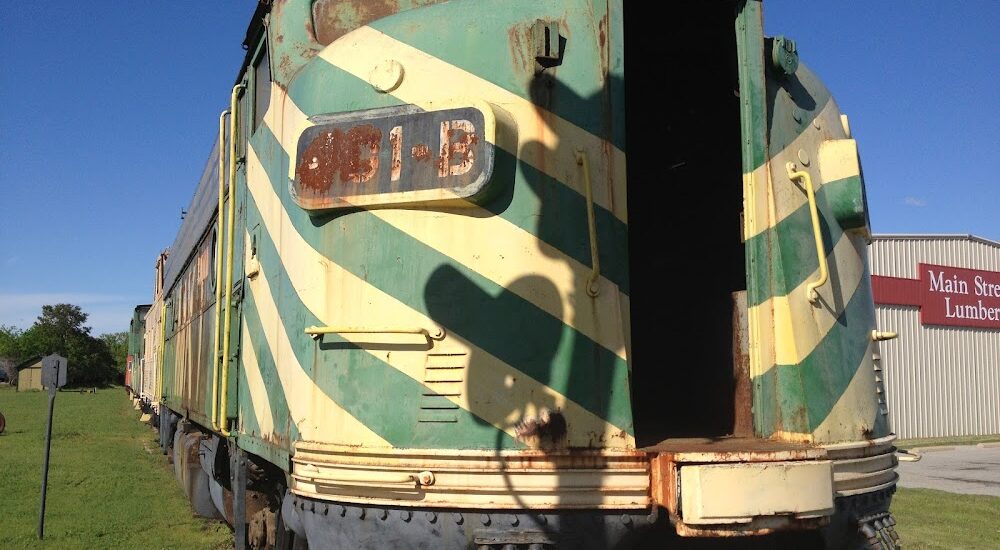Welcome to the North-South Railway Connection in Denison, Texas, a site marked by history and progress in the American railroad industry. This location stands as a testament to the ambition and drive that characterized the late 19th century, a time when railroads were the lifeblood of commerce and settlement in the United States.
The story of the North-South Railway Connection begins with the Missouri, Kansas and Texas Railway Company, known colloquially as the Katy. Incorporated in 1865 as the Union Pacific Railway Southern Branch, the company was renamed in 1870. A race to the southern Kansas border ensued, driven by the promise of exclusive rights to build through Indian territories and a lucrative land grant, which, although contested and ultimately nullified by the courts, drew significant investment from European backers.
On July 12, 1870, the Katy reached the southern Kansas border just ahead of its competitors, securing its passage southward. By the end of 1872, the railway had stretched to the Red River, marking Denison as a pivotal operational headquarters for the southern district. This expansion helped transform Denison from a fledgling settlement into a bustling hub of activity, crucial for trade and transportation.
The railway played a significant role in fostering economic growth in the region, particularly aiding the development of the coal industry around McAlester and Atoka. It also supported agricultural expansion and the burgeoning oil industry in Oklahoma’s western counties. Despite financial challenges, including a receivership in the 1870s and again in the 1910s, the Katy Railway persevered, reflecting the spirit of resilience and innovation.
Throughout its history, the railway saw the involvement of notable figures, including railroad tycoon Jay Gould, who leased the Katy to his Missouri Pacific Railroad from 1880 to 1888. This period was crucial in expanding the railway’s reach, further cementing its importance in the region’s economic landscape.
Today, the North-South Railway Connection serves as a reminder of the transformative power of railroads in America’s past. It stands not just as a historical landmark, but as a symbol of the relentless pursuit of progress during a pivotal era in the nation’s development.






